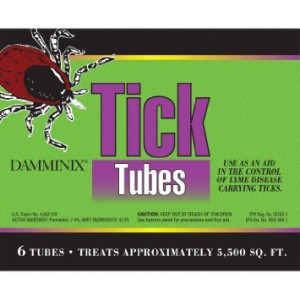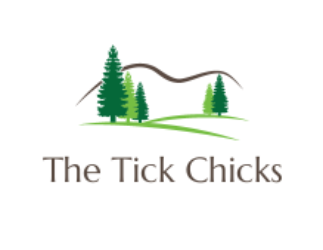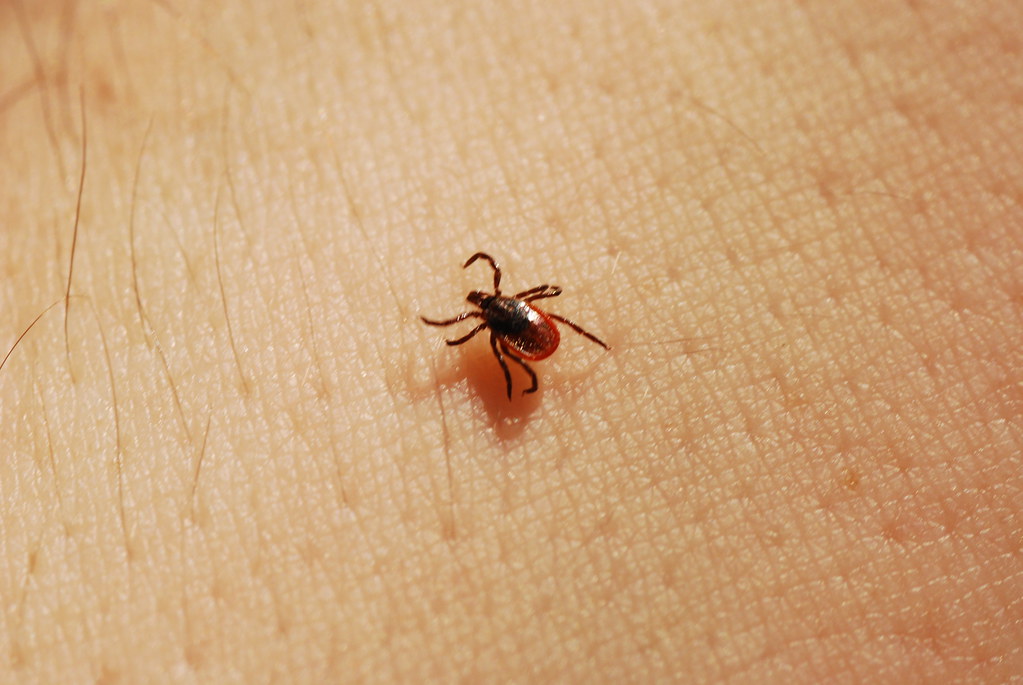Pocono Tick Control Protection Strategies
- Avoidance of tick-borne diseases is a complex process. It involves control of ticks, their rodent and deer hosts, and personal protection strategies. Ticks require leaf litter and relatively high humidity. By removing leaf litter and opening up your yard to sunlight, you will make it less hospitable to ticks. The use of registered lawn pesticides each spring and fall will also help kill ticks in your yard , as will spraying areas of shrubbery where the lawn meets the forest at the edges of your yard. Consult your local lawn and garden store or agricultural extension office for registered pesticides for these applications. Rodent Control – Small rodents (specifically deer mice and white-footed mice) are the primary reservoir of the diseases that ticks transmit to us and our pets. By controlling them, we help reduce our exposure to tick-borne disease. There are many effective ways to control rodents on your property. A partial list appears below — more information is available online at other sources.
- limit harborage: keep woodpiles up off the ground
- do not pile debris near the house
- keep garages, basements and attics clear of “junk”
- keep lawn mowed: make it more difficult for rodents to come near the house without being seen and eaten by predators
- limit food sources: do not allow pet food to accumulate outdoors and overnight
- keep all trash and foods stored outdoors in rodent-proof containers
- do not feed the birds or other animals near the house
- limit access: use doors and windows screens
- make sure garage-door seals are in good repair
- keep areas under trailers, homes and sheds tightly sealed
- Deer control – Because deer are the final host of the deer ticks and the major way many ticks are transported from area to area, you help keep ticks away by limiting their access to your yard. Fences are good, but simply filling your yard and garden with plantings that are unappetizing to deer will also help. If you have areas that are used by the deer for bedding down, those are areas that you should also spray with registered pesticides.
- Personal Protection – There are many products on the market to spray on yourself to repel insects and ticks, ranging from DEET to insecticides. What you choose to use will depend on your age and what you are wearing. There is an insecticide product called permethrin (this is the chemical name, not the brand name) that is made for clothing and equipment treatment ONLY. When sprayed on cloth according to label directions, it lasts for several weeks and several launderings because it bonds to the cloth! Because it is chemically bonded, once it is dry it does not come off on our skin, so it is safe to use on anyone’s clothing. But remember, you cannot use it when you are not wearing enough clothing to spray. There are products that are formulated specifically for children, and we strongly suggest that you find and use them on your kids if they are spending time outdoors in the summer when they are wearing shorts and short sleeves and cannot use permethrin.
- Full body checks – head to foot – are recommended for everyone after outdoor activities in tick areas.

- You can cheaply and easily create a tick-killing mechanism that is retailed as Damminix. They are simply water-proofed tubes that are filled with permethrin-impregnated cotton balls. Take cardboard tubes from paper towels and cover them with plastic wrap or aluminum foil, or use small sections of plastic pipe. While outdoors, spray cotton balls with permethrin repellent and allow them to dry. Place several balls into each tube and place the tubes around your home and yard where you suspect that there is rodent activity. Pay attention to rock walls, woodpiles, garages, sheds, and crawl spaces where rodent activity is observed or likely. The mice will find the cotton balls and take them back to their nests for bedding material. The permethrin will kill their ticks (and fleas, lice and mites) but leave the mice unharmed. This helps to break the disease cycle at your home, but will not provide protection to you when you are away from home [see Personal Protection, above]


